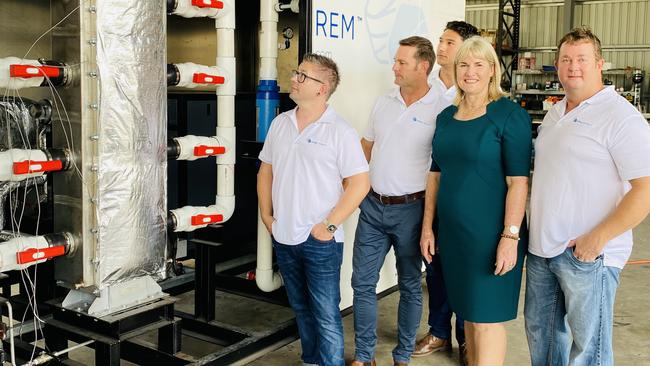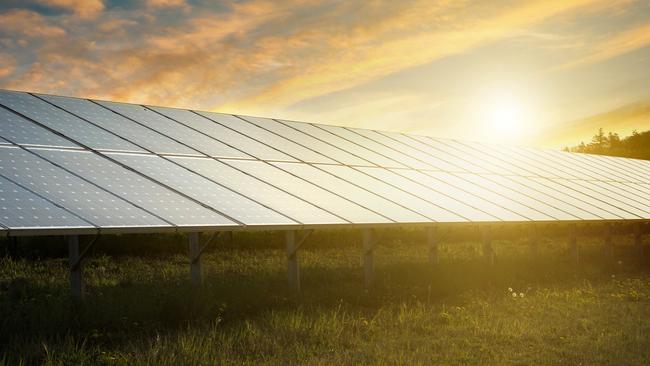Developers tout $15bn Northern Territory hydrogen project
The developers of a Northern Territory green hydrogen project aim to supply both domestic and international markets.

The international developers of an ambitious $15bn green hydrogen project in the Northern Territory say they can deliver 410,000 tonnes a year of the fuel for domestic and international export markets.
The Desert Bloom hydrogen project, backed by Aqua Aerem and Sanguine Impact Investment, has been handed major project status by the NT government following an off grid hydrogen project trial at Tennant Creek earlier this year.
The developers hope to produce hydrogen at commercial scale by 2023 with work underway to identify solar locations in tandem with the government. The project has secured $1bn in funding from Singapore-based Sanguine with plans to produce green hydrogen at less than $US2 ($2.80) a kilogram by 2027.
“This is proven technology that is ready to produce green hydrogen at commercial scale by 2023 with no impact on our water supplies. Desert Bloom will produce 410,000 tonnes of green hydrogen annually for export and domestic use when at full scale,” Aqua Aerem chief executive Gerard Reiter said.

The NT government released its renewable hydrogen masterplan in October, the latest move to capitalise on surging interest in the emerging energy supply source.
“With one of the best solar resources in the world – and the development of projects like Desert Bloom – the Territory will play a leading role in the emerging renewable hydrogen market,” NT Chief Minister Michael Gunner said.
The Morrison government first developed a national strategy to turbocharge the industry two years ago and plans to develop a new export industry responsible for 8000 jobs and $11bn of extra income by 2050.
Australia’s biggest hydrogen developers in September called on the Morrison government to create a $19bn Net Zero fund, aimed at slashing emissions and speeding up the fuel’s rollout to the steel and heavy transport industries and in the nation’s gas sector by 2030.
The International Energy Agency also named Australia as one of the key countries best placed to produce hydrogen from renewables but warned that globally a whopping $US1.2 trillion of investment is needed in the fuel to meet 2030 net zero emission goals.
The IEA said governments need to move faster and more decisively on policy measures to enable low-carbon hydrogen to fulfil its potential to help the world reach net zero emissions.


To join the conversation, please log in. Don't have an account? Register
Join the conversation, you are commenting as Logout